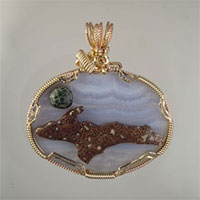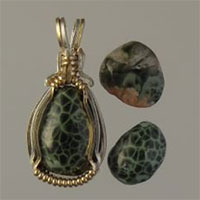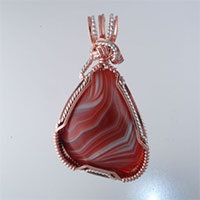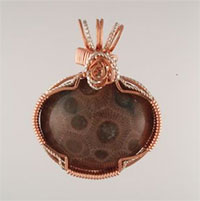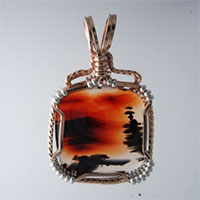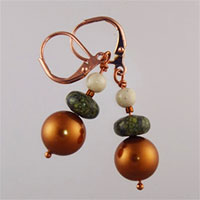Know Your Rocks
Lake Superior Agates
“Lakers” is the nickname fondly given to Lake Superior Agates found as beach pebbles (and larger if you are lucky) on the shores of Lake Superior. Collectors seek these ancient agates in glacial till primarily in Minnesota and Wisconsin, but also throughout the Midwest including Kansas, Nebraska, Illinois, Iowa, and Michigan. Agates are commonly found in the amygdaloidal basalt in the Keweenaw Peninsula and on Isle Royale National Park.
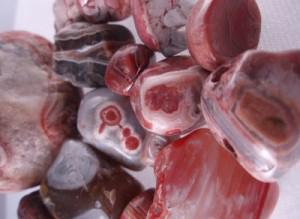
The basic material of agate is Chalcedony, a silicon dioxide form of microscopic fibrous crystals. The fibrous makeup of the Lake Superior Agates makes them hard and able to accept a wonderful, glass-like polish. This brittle structure also makes the Lake Superior Agate prone to cracking from thawing and freezing or being moved vast distances in the glacial till. A crack-free “Laker” is quite rare to find, and are coveted highly by rockhounds and jewelry makers.
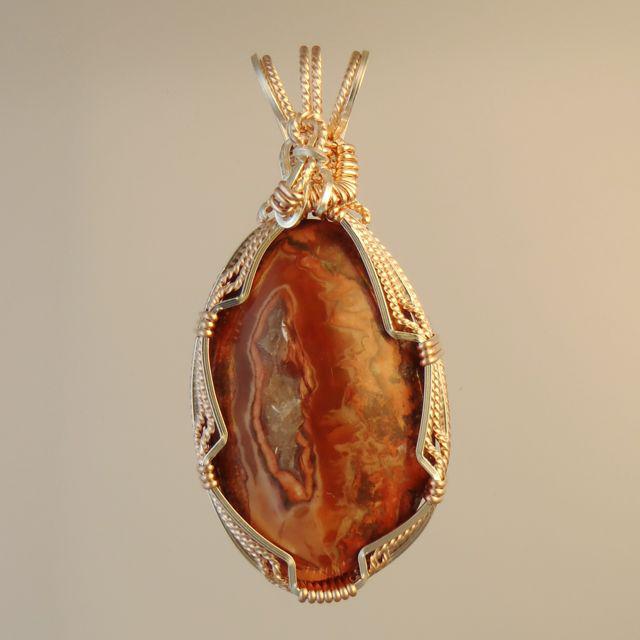
The ancient basalts of the Lake Superior region are amygdaloidal (containing gas bubbles called vesicles) in nature. Of volcanic origin, the holes from the bubbles became filled with various minerals. Often these minerals were silica, forming agates. There are several theories on how agates are formed which can be read about in Agates of Lake Superior by Bob Lynch or The Other Lake Superior Agates by John Marshall.
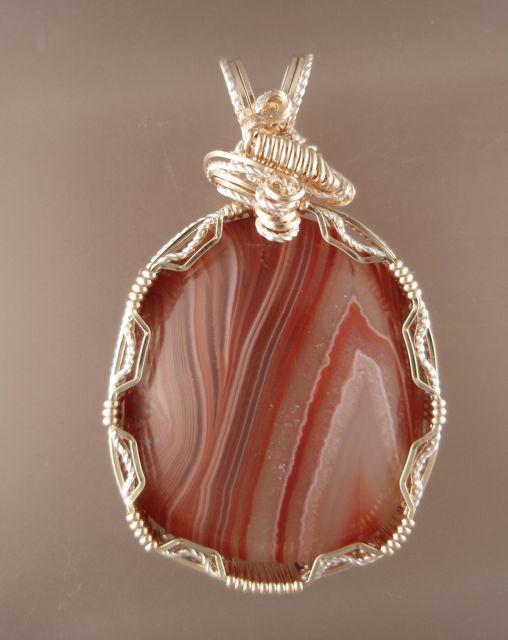
Lake Superior Agates are most often quite small, but have been found up to 20 pounds. It is rare to find a “Laker” over one-half pound. I love to tell the story of the day I personally found six “Lakers” over one half pound.
“Lakers” can be almost any color, but reds and browns are common colors. Agates are most often banded, but can occur as tubes, eyes, moss, shadow, sagenite, plumes, and almost solid colors, often orange (carnelian).
One of the most popular and sought after Lake Superior Agates is the classic red and white “Candy-striper”. A nice “Candy-Striper” cannot be mistaken for any other type of agate.


